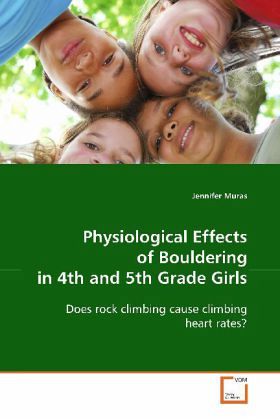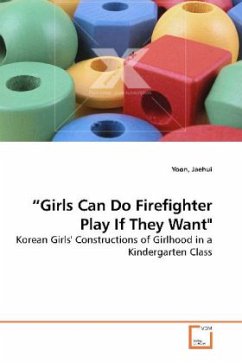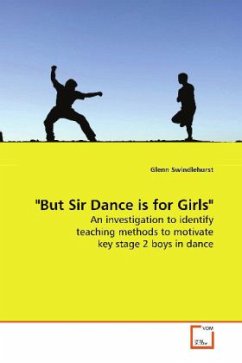
Physiological Effects of Bouldering in 4th and 5th Grade Girls
Does rock climbing cause climbing heart rates?
Versandkostenfrei!
Versandfertig in 6-10 Tagen
32,99 €
inkl. MwSt.

PAYBACK Punkte
16 °P sammeln!
With the problem of childhood obesity on the rise,it is important to provide a comprehensive physicaleducation program that motivates students to leadhealthy, active lifestyles. Adventure education ison the forefront of a curriculum shift fromtraditional sports to cutting edge, lifelongactivities. With this change, many schools areturning toward equipment such as bouldering walls, arock wall about 8 feet tall where students climbacross versus up. Bouldering walls can be used asfitness stations or even as integrative gamecenters. However, because of the novelty of thisactivity, there is little ...
With the problem of childhood obesity on the rise,
it is important to provide a comprehensive physical
education program that motivates students to lead
healthy, active lifestyles. Adventure education is
on the forefront of a curriculum shift from
traditional sports to cutting edge, lifelong
activities. With this change, many schools are
turning toward equipment such as bouldering walls, a
rock wall about 8 feet tall where students climb
across versus up. Bouldering walls can be used as
fitness stations or even as integrative game
centers. However, because of the novelty of this
activity, there is little research on the
physiological response to bouldering. Researching
ways that bouldering walls can be used and providing
research that shows bouldering can increase heart
rate encourages the change from traditional sports
to innovative, lifelong activities. This book,
therefore, provides statistical insight into the
physiological effects of bouldering activities and
compares two ways to use a bouldering wall. Although
there is still much research to be done, this is an
excellent resource for educators who want to learn
about the benefits of bouldering activities.
it is important to provide a comprehensive physical
education program that motivates students to lead
healthy, active lifestyles. Adventure education is
on the forefront of a curriculum shift from
traditional sports to cutting edge, lifelong
activities. With this change, many schools are
turning toward equipment such as bouldering walls, a
rock wall about 8 feet tall where students climb
across versus up. Bouldering walls can be used as
fitness stations or even as integrative game
centers. However, because of the novelty of this
activity, there is little research on the
physiological response to bouldering. Researching
ways that bouldering walls can be used and providing
research that shows bouldering can increase heart
rate encourages the change from traditional sports
to innovative, lifelong activities. This book,
therefore, provides statistical insight into the
physiological effects of bouldering activities and
compares two ways to use a bouldering wall. Although
there is still much research to be done, this is an
excellent resource for educators who want to learn
about the benefits of bouldering activities.












